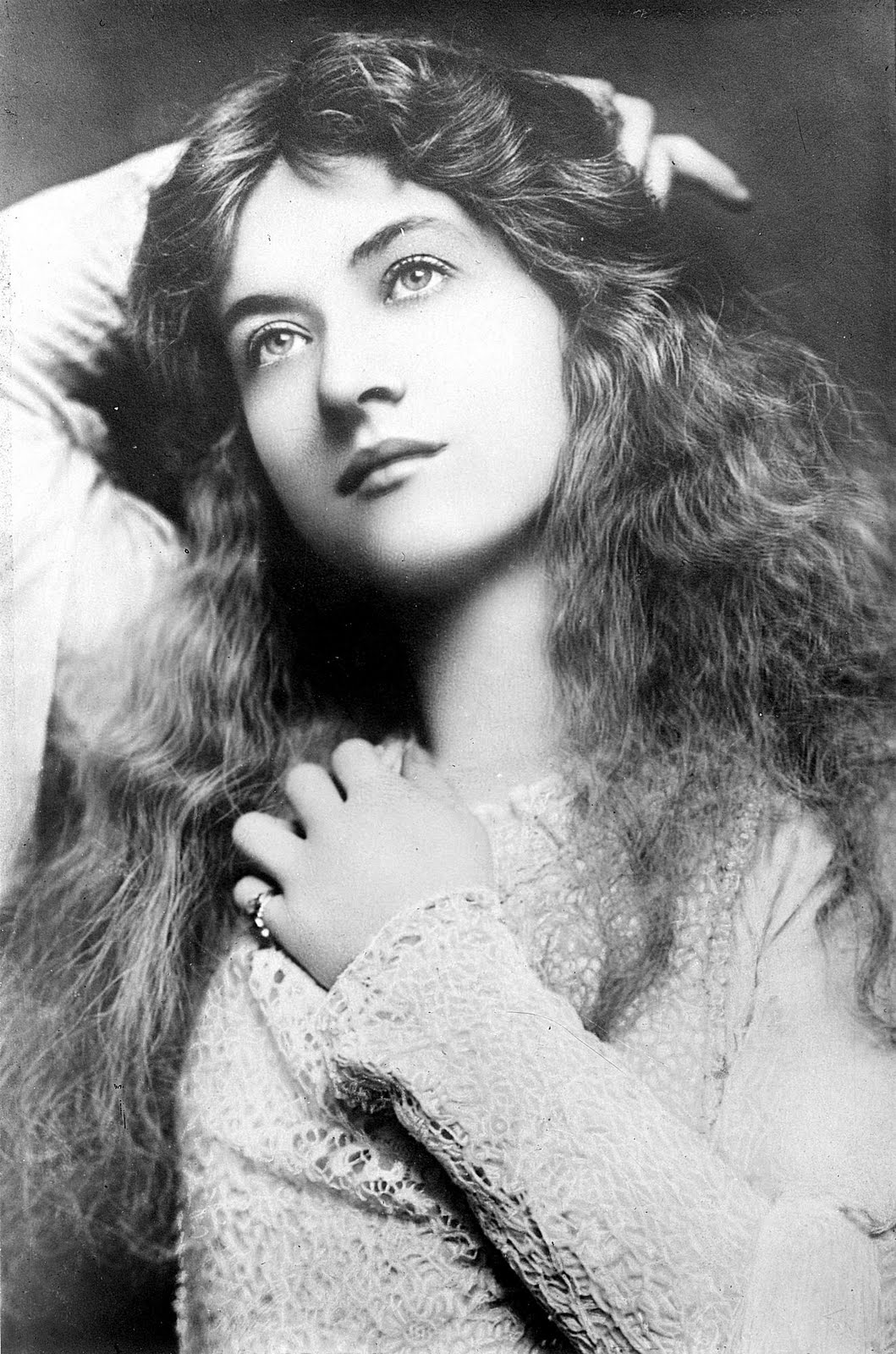

Intertitles (or titles as they were generally called at the time) often became graphic elements themselves, featuring illustrations or abstract decorations that commented on the action. The title writer became a key professional in silent film and was often separate from the scenario writer who created the story. This misconception is due to technical errors (such as films being played back at wrong speed) and due to the deteriorated condition of many silent films (many silent films exist only in second or even third generation copies which were often copied from already damaged and neglected film stock).īecause silent films had no synchronized sound for dialogue, onscreen intertitles were used to narrate story points, present key dialogue and sometimes even comment on the action for the cinema audience. However, there is a widely held misconception that these films were primitive and barely watchable by modern standards. The visual quality of silent movies - especially those produced during the 1920s - was often extremely high. Many film scholars and buffs argue that the aesthetic quality of cinema decreased for several years until directors, actors and production staff adapted to the new "talkies". The art of motion pictures grew into full maturity in the "silent era" before silent films were replaced by " talking pictures" in the late 1920s. It was a two seconds film of people walking around in Oakwood Grange garden, titled Roundhay Garden Scene. The first film was created by Louis Le Prince in 1888.

Roundhay Garden Scene 1888, the first film recorded Main article: History of film History File:LouisLePrinceFirstFilmEver.png



 0 kommentar(er)
0 kommentar(er)
